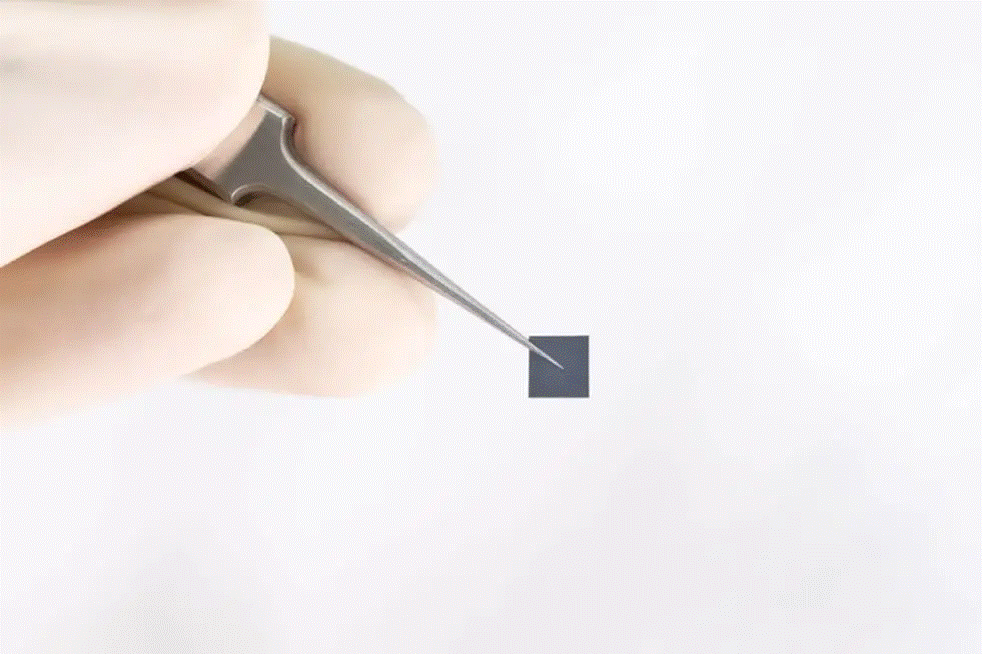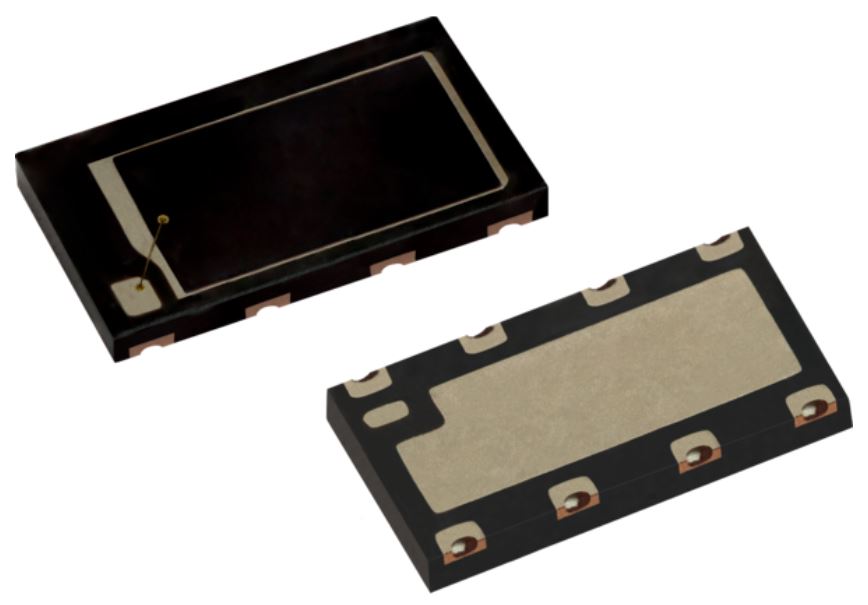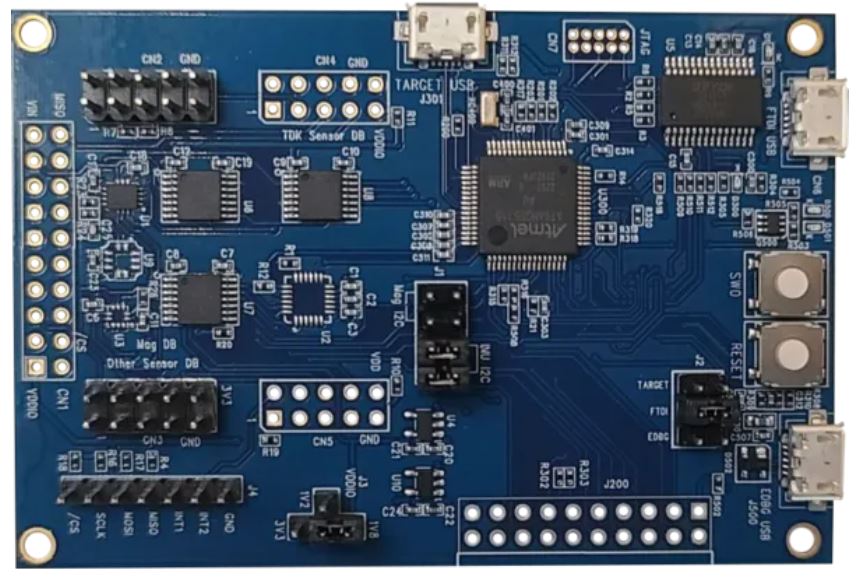Solid state lithium micro battery
Apple recently announced that it will build health features into its wearable devices that could affect billions of people. The Apple Watch now offers sleep apnea notifications, while the AirPods Pro 2 offers the world's first all-in-one hearing health experience with clinical-grade over-the-counter hearing AIDS. [1] The key component common to both wearables is the battery. These devices need to have the ability to work for long hours and continue to provide the desired experience and assistance even when the user is sleeping or in a noisy environment.
This article will explore solid-state lithium microbatteries and their impact on the wearable device market.
Wearable device battery technology
Solid-state lithium micro-battery technology is developing rapidly, especially in the application of wearables, hearables and small iot devices. Unlike traditional lithium-ion batteries, which use liquid or gel electrolytes, solid-state microbatteries use solid-state electrolytes, resulting in increased safety and energy density. Compared to traditional lithium-ion batteries, these batteries have a longer life, a shorter charge time, and are more heat resistant, making them suitable for compact high-performance applications.
State of the art of solid-state microbatteries
Solid state lithium microbatteries have great prospects, but their commercial applications are still in the development stage. Its compact form factor, durability and energy performance are expected to power the next generation of wearables once the manufacturing and cost challenges that have prevented its widespread adoption are solved.
Nevertheless, some large companies are still actively developing wearable devices that use solid-state micro-batteries. Samsung, for example, has been exploring solid-state battery technology for its Galaxy line of wearables, including the Galaxy Watch and Galaxy Ring. [2],[3] Other companies, such as TDK, have also made great strides in solid-state battery solutions for wearables (Figure 2), which have the potential to extend battery life by up to 100 times compared to existing technologies. [4]

Solid-state microbatteries have several advantages over traditional lithium iron phosphate (LFP) batteries. They can store more energy in a smaller volume, providing a more compact and powerful battery for devices worn daily or connected around the house. They also reduce downtime through faster charging speeds, while solid electrolytes help minimize the risk of leaks, overheating, and thermal runaway, thereby improving overall safety. In addition, solid electrolytes reduce battery degradation over time. Then, the properties of solid materials can make batteries thinner and more adaptable, driving innovation in wearable and flexible electronics.
New product introduction
Solid-state micro batteries, if paired with the right devices, will play a pivotal role in the future development of wearable devices and other small sensing products. Moze offers a new generation of products from Vishay and TDK InvenSense that significantly enhance the performance of modern compact devices and emerging wearable applications.


Image: TDK InvenSense EV_ICM-45605 evaluation board (Image source: MAO Ze Electronics)
TDK InvenSense EV_ICM-45605 Evaluation board is an integrated development platform for ICM-45605. The ICM-45605 is a high-performance six-axis MEMS motion-tracking sensor that integrates a three-axis accelerometer and a three-axis gyroscope. The platform, with Microchip Technology's SAMG55 MCU at its core, enables rapid evaluation and development of sensor-based applications, including cutting-edge applications such as audible devices, wearables, virtual reality (VR) and augmented reality (AR) glasses.Conclusion
State microbatteries are still in the early stages of development, but they offer performance and safety advantages that make them ideal for modern compact devices, especially next-generation wearables.
免责声明: 本文章转自其它平台,并不代表本站观点及立场。若有侵权或异议,请联系我们删除。谢谢! Disclaimer: This article is reproduced from other platforms and does not represent the views or positions of this website. If there is any infringement or objection, please contact us to delete it. thank you! |


